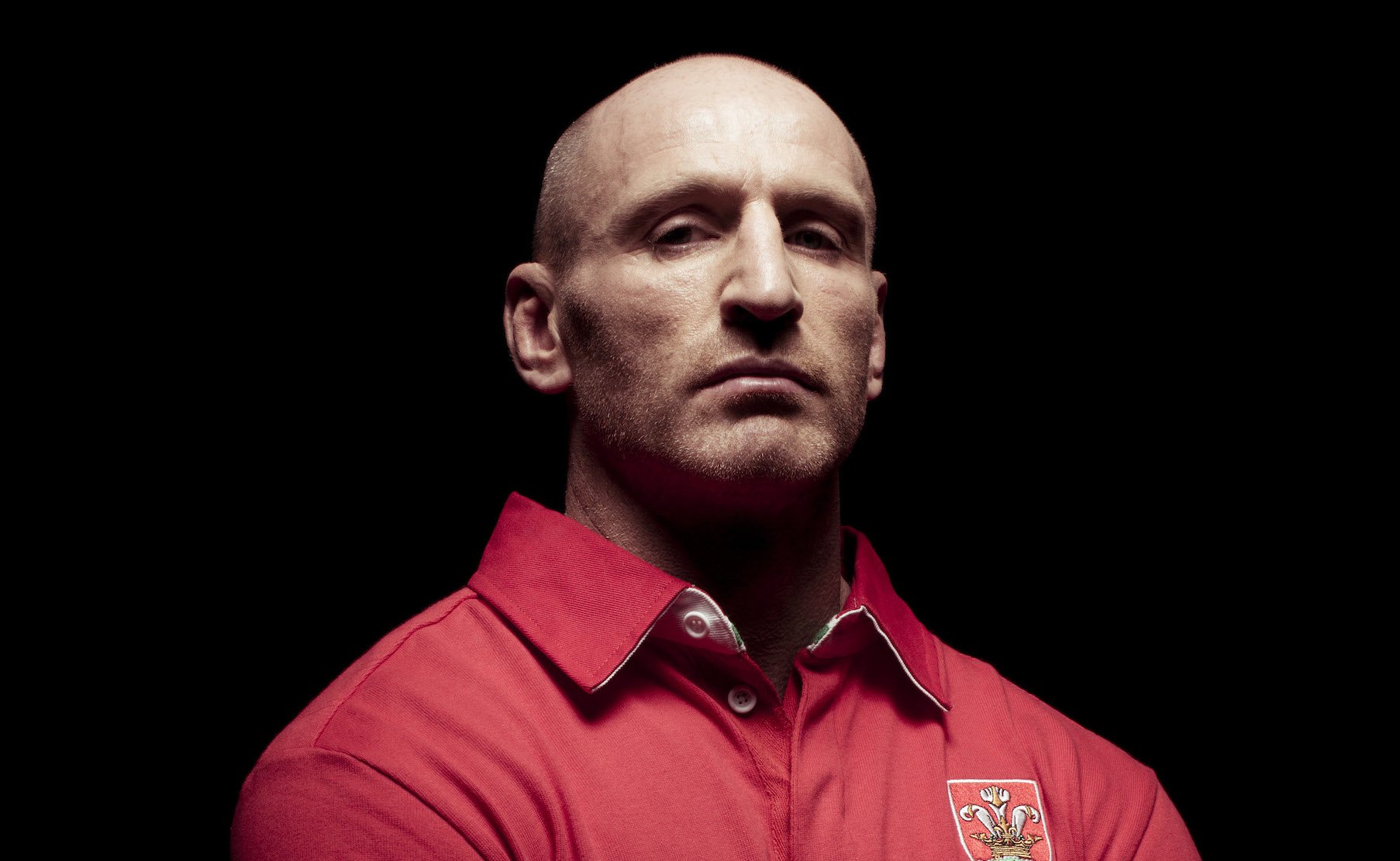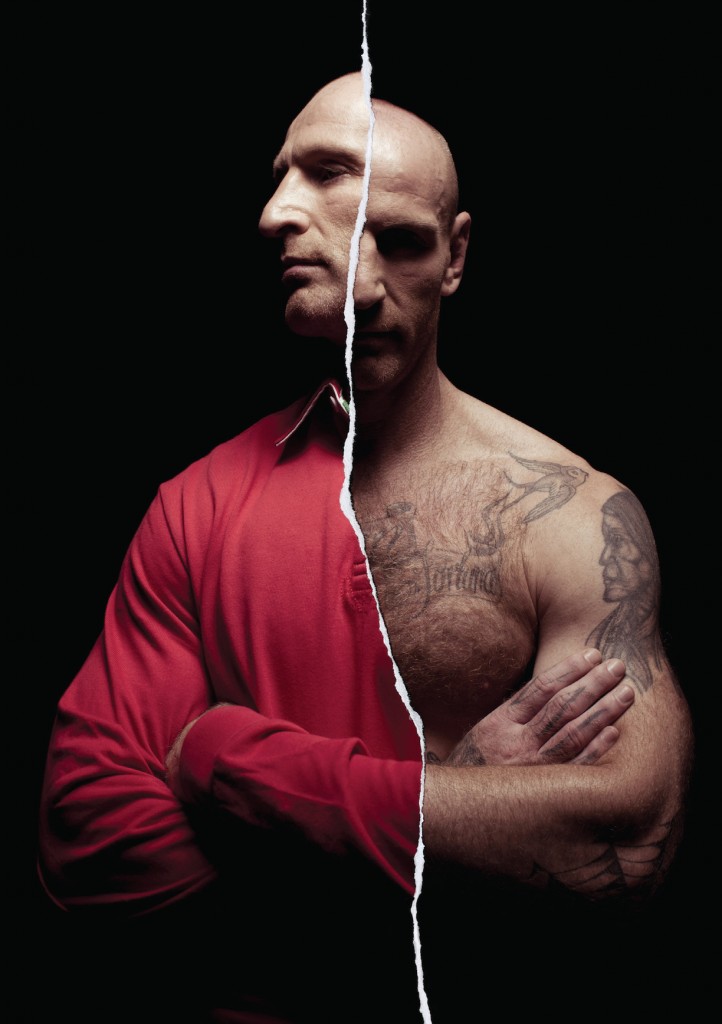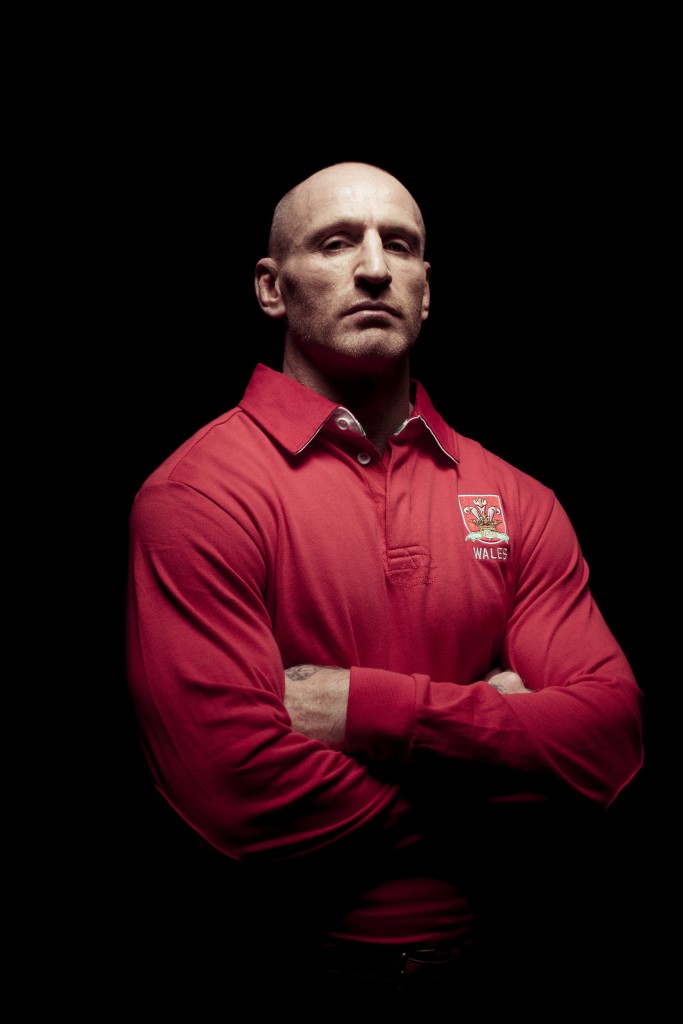Interview: Bringing Gareth Thomas’s story to the stage

Actor-turned-playwright Robin Soans catches up with Attitude’s Devon Johnson to talk about his latest theatrical baby Crouch, Touch, Pause, Engage – the biographical play about retired rugby legend Gareth Thomas.
How did the idea for Crouch, Touch, Pause, Engage come about?
Well Max Stafford Clark, our director, was a rugby player in his youth. He had a natural interest in rugby and I think when the Gareth Thomas story came up Max was interested because it was a subject that was socially interesting and to do with rugby. Then he asked me if I would be interested and I said of course. We did a workshop in Bridgend [birthplace of Gareth Thomas] and started meeting all sorts of people. I mean teachers, councillors, rugby players – Gareth spent the whole week with us. His friends came in and spoke to us, I met his parents and of course what became apparent very quickly was there were two stories here. At the same time that he was going through his mental turmoil the town was losing a lot of young people, mostly young men, to suicide. So it seemed to me that there were two stories that were running in parallel. I thought I’d write a play with two strands in it – one following two young girls through the difficulty of losing people or trying to commit suicide themselves… one of them and Gareth who contemplated putting an end to all at one stage and then to try and bring the two stories together at the end.

You’ve met with and written plays about terrorists and even Neil and Christine Hamilton, what was the difference creating a piece about Gareth Thomas? How did you find that?
My job was made easier because he was so blindingly honest about the whole thing! The point of the theatre is that you go deeper into the complexities of human nature. He helped in that because he is so brilliantly self-analytical. He is very articulate at saying what was going through his mind at any one particular point. The sort of tug of war that was going on in his soul between wanting to carry on playing rugby because he is one of the greatest men ever to have played rugby and actually the unhappiness at the same time when he should have been really happy.
Over the years you’ve written many plays in the verbatim style. Why did you feel the story would be best told in that style?
Because you don’t want in any way to cloud it with artifice do you? You don’t sort of want people to say ‘oh this has been manufactured’ in some way. You want people to actually know this has all absolutely gone on just like it says. Therefore there is no way in which they can then say ‘Oh I got slightly distanced because this is artifice…it didn’t happen like this…this is poetic licence’.
Theatre is often a great way to educate people on issues affecting the society that they live in. why do you feel that now is the time to showcase a play with these particular issues?
I think anytime with these particular issues, anytime. Not much progress has been made has it? There is a timeless quality to these plays because the issues are nearly always going to be the same.

How do you feel the play has been received back in Wales?
It was terrific! I have to say and the people who were involved in the play who came to see it were both astounded by how compassionate they found it. We had managed to capture the human side of it and it wasn’t exploitative of manipulative or sensational. I think sensational is a good word, it wasn’t in anyway sensational. It’s a very gentle, vulnerable, delicate look at a very vulnerable area. They found that very reassuring and very moving they were really please with it. Lots and lots of people cried and lots and lots of people stood up at the end and cheered…so that was nice.
Gareth’s hometown of Bridgend has been under the media spotlight in recent years due to the rate of suicides within the youth community (79 between the years of 2007-12, many of which were age 13-17 years old). In your play you touch upon these issues by simultaneously telling Thomas’ story whilst focusing on troubled teens. How did you find putting the two together?
That was the most difficult bit really. The one thing I always try to make sure I do is to build a strong narrative into the plays so that people actually want to know what happens next. In a way, writing two stories does give you variety and change of pace and intrigue so you do sort of keep the audience second-guessing.
If you could choose one thing you would like the audience to take away from this play, what would it be and why?
I want them to be uplifted by the story obviously. I want them to realise that prejudice is so damaging to human beings. To have a fixed idea, an unchangeably fixed idea is so damaging to human beings. It’s not the same as faith and courage but blind prejudice, prejudice without listening to all the facts or having a true understanding of what’s really going on, prejudice without really wanting to examine human nature in detail. These are the things I want to combat and it’s a great subject to do it with.
CROUCH, TOUCH, PAUSE, ENGAGE
Written by Robin Soans
Directed by Max Stafford-Clark
20 May – 20 June 2015
Arcola Theatre, London
WORDS BY DEVON JOHNSON
